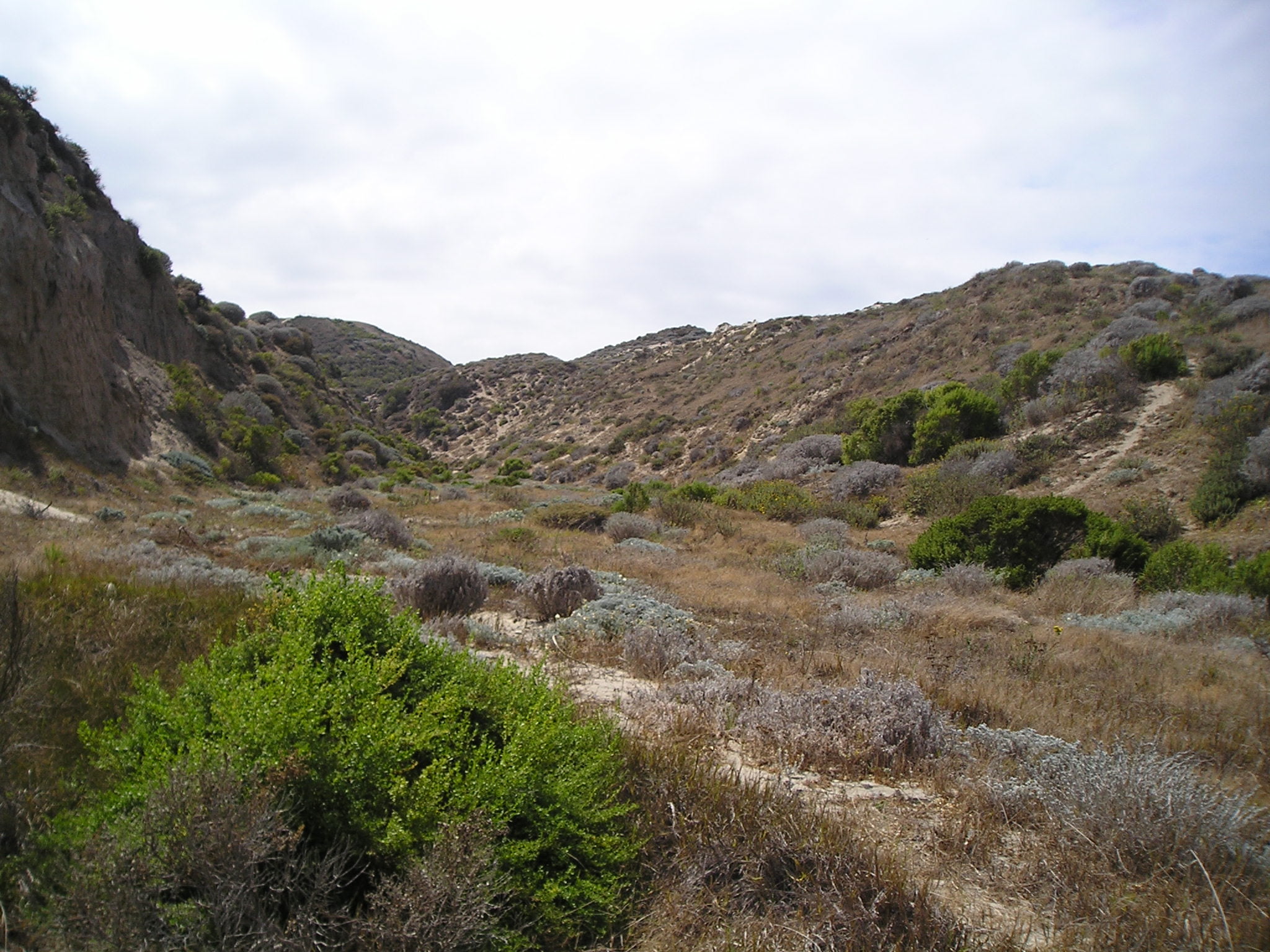Creating a butterfly-friendly habitat in California’s chaparral biome can be an incredibly rewarding experience. This unique ecosystem, characterized by hot, dry summers and mild, wet winters, is home to a variety of plants that butterflies find irresistible.
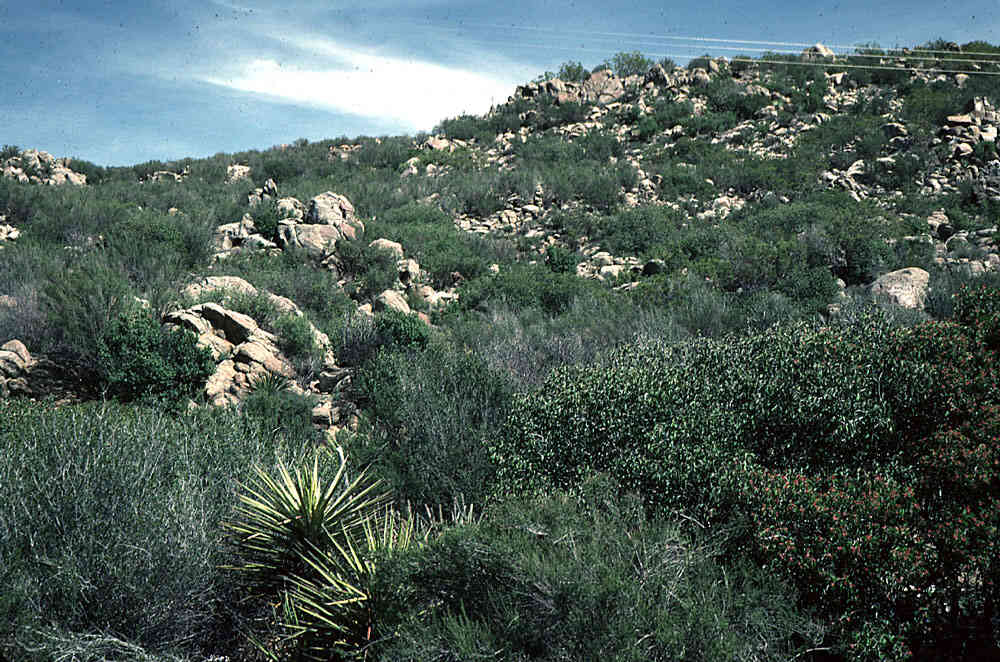
Here are some native plants perfect for attracting these colorful pollinators:
Yarrow (Achillea millefolium)
Yarrow’s small, clustered flowers are a favorite among butterflies. It’s a hardy, drought-tolerant plant, making it a perfect fit for chaparral habitats.

California Poppy (Eschscholzia californica)
California’s state flower is a great source of nectar for a variety of butterflies and adds a pop of color to your garden.

California Lilac (Ceanothus spp.)
The vibrant blue or purple flowers of California Lilac are a rich source of nectar for butterflies.

Coyote Mint (Monardella villosa)
This fragrant plant produces lovely purple flowers that are attractive to many species of butterflies.

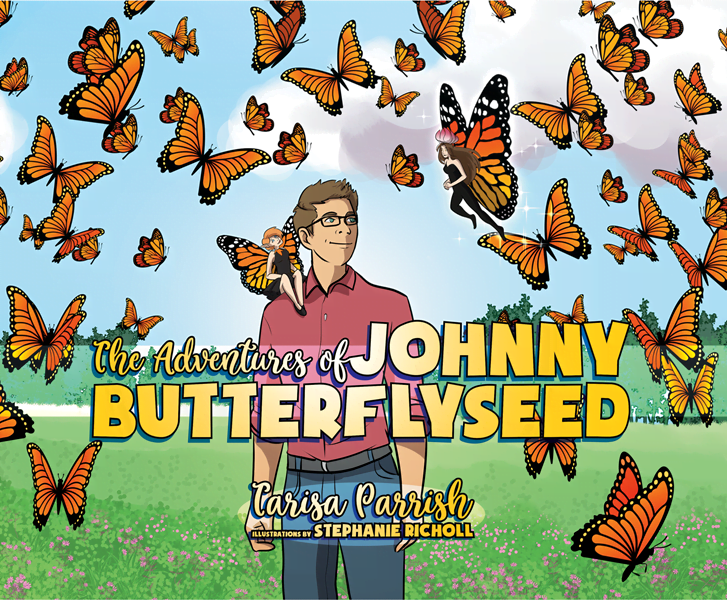
The Adventures of Johnny Butterflyseed – Author Signed First Edition Children’s Book
Save the monarchs!
Johnny Butterflyseed and his fairy friend, Raven Silverwing, embark on a mission to save the rapidly disappearing butterflies. They enlist the help of Queen Venus Goldwing and her kingdom of monarchs to educate and inspire kids to become butterfly farmers. At first, Johnny faces his own internal struggle with self-doubt and fear in his ability to make a difference, but then soon develops a mindset that allows him to not only get started, but also make progress one day at a time. Through challenge after challenge, Johnny learns that he is not alone in his mission and that there are many people who want to help. Together, Johnny, Raven, and Queen Venus educate thousands of children on becoming butterfly farmers.
California Buckwheat (Eriogonum fasciculatum)
Known for its clusters of tiny, creamy white to pink flowers, this plant is a butterfly magnet. It provides both nectar for adults and food for certain caterpillars.

Manzanita (Arctostaphylos spp.)
A common chaparral plant, manzanitas are evergreen shrubs that produce nectar-rich flowers attracting a variety of butterflies.

Milkweed (Asclepias spp.)
Monarch Butterflies lay their eggs on milkweed and the caterpillars feed on the plant’s leaves. Some native species in California include the showy milkweed (Asclepias speciosa) and the Narrow-Leaved Milkweed (Asclepias fascicularis).
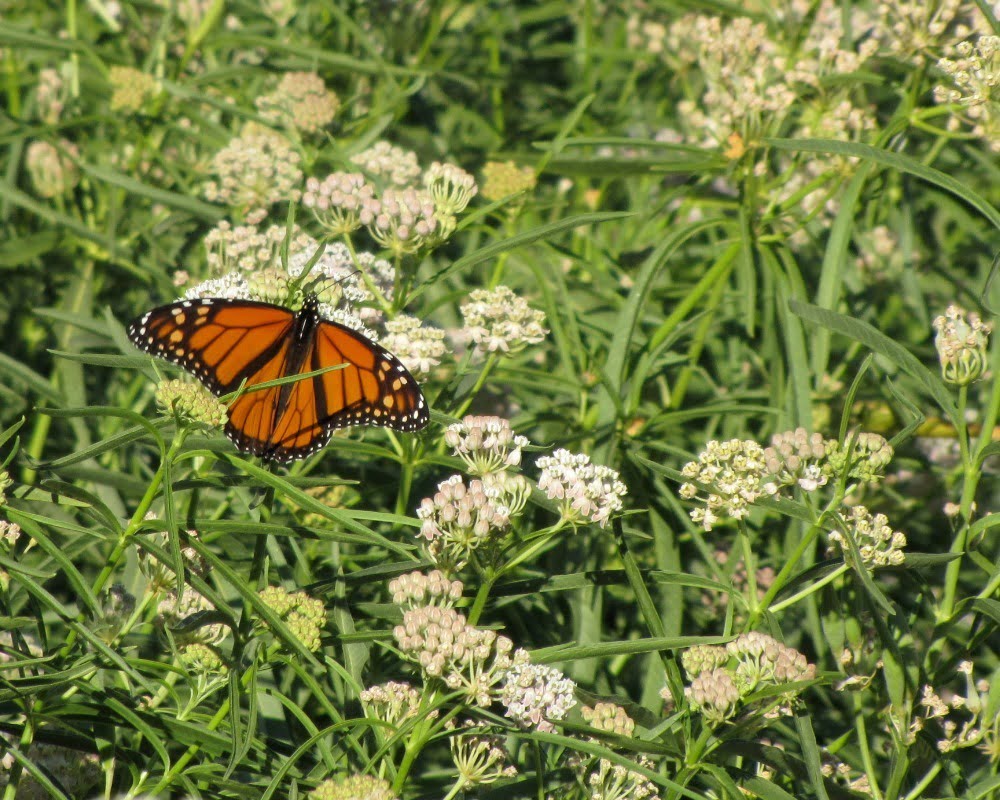
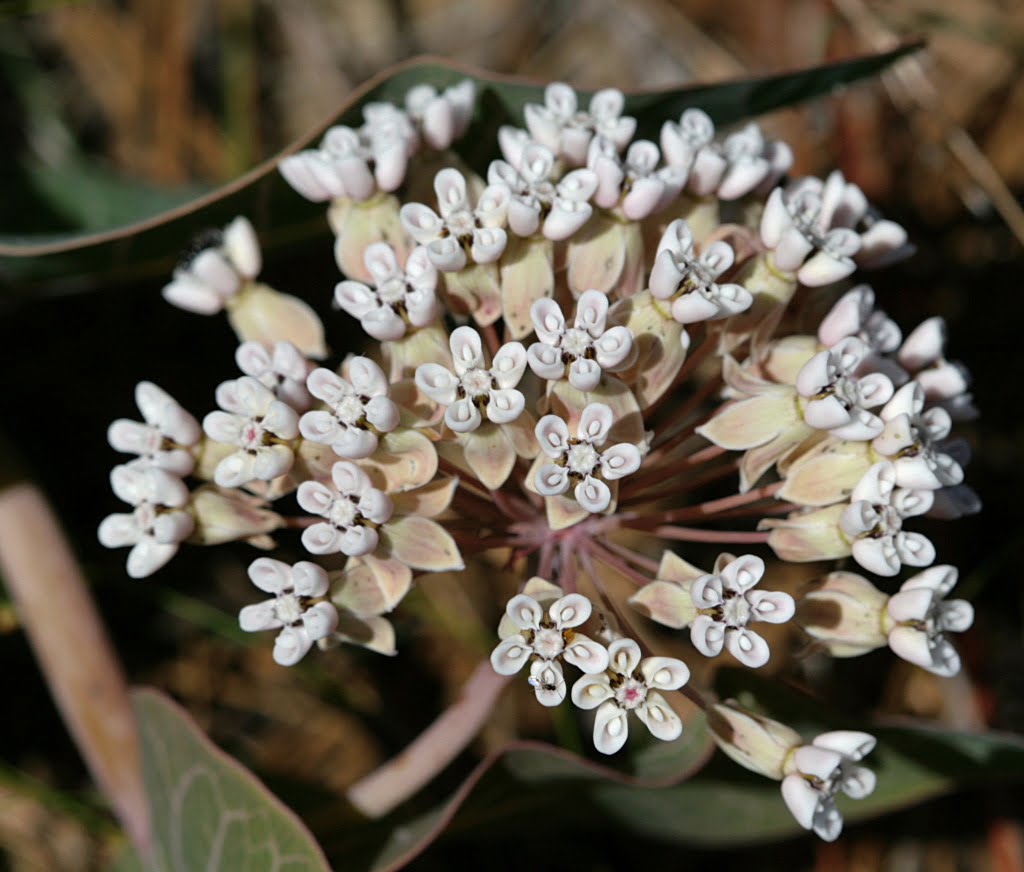
10 Sandhill Milkweed Seeds Ascslepias Humistrata Pinewood Milkweed Florida-Native
With Johnny Butterflyseed’s Sandhill Milkweed seeds, you’re not just planting flowers; you’re cultivating a living mosaic of nature’s marvels. 10+ Florida Native seeds.
Remember, the best butterfly gardens offer a variety of nectar and host plants that bloom at different times throughout the season, providing a continuous food source. Don’t forget to incorporate some sunny, flat rocks for butterflies to bask and some shallow water sources for them to drink. With these tips in mind, you’ll create a haven for butterflies… one day at a time!
